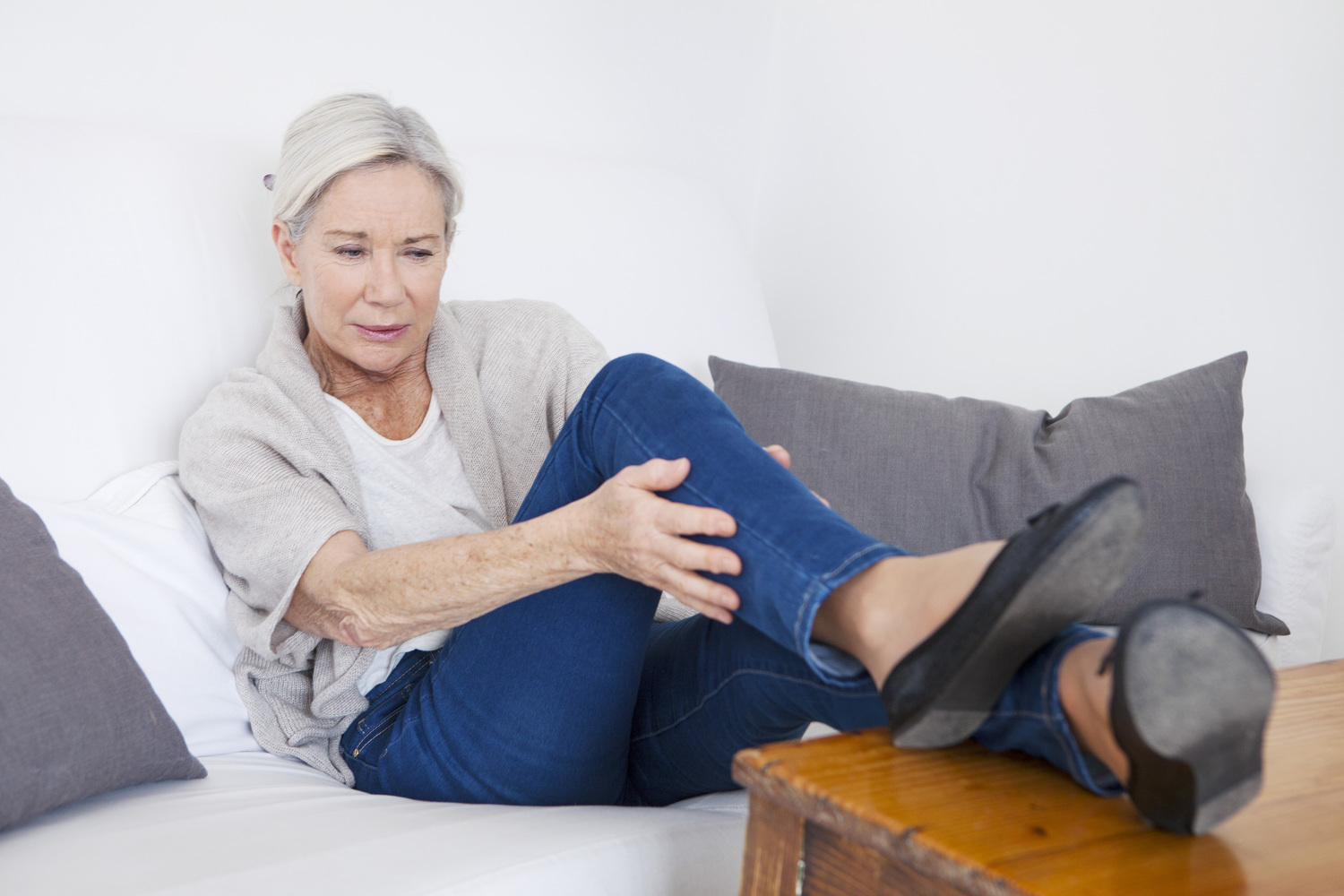
Restless leg syndrome – Symptoms, diagnosis, and treatment
Restless Leg Syndrome (RLS) is a condition where a person feels an uncontrollable urge to move their legs. This is due to uncomfortable sensations that usually occur later in the evening and when sleeping, sitting, or even driving. The sensations ease temporarily with movement. The syndrome can begin at any age and worsen with increasing age. It interferes with daily activities due to the lack of sleep caused, and the main symptom is an uncontrollable urge to move the legs.
Common characteristics of RLS
- The uncomfortable sensation that begins after lying down or sitting for a long time, especially during travel.
- Movements, like stretching, pacing, walking, and jiggling one’s feet, can lessen these uncomfortable sensations.
- The symptoms of RLS usually occur during the night, beginning in the evening and worsening with time.
- A more common condition called periodic limb movement causes twitching in the night, or even kicking all night, even while sleeping.
Symptoms
It is described that the typical symptoms of RLS are abnormal and unpleasant sensations, sometimes accompanied by pain. These sensations could occur in the arms as well, but the instances are rare.
Even though it is difficult to explain the actual feeling of the symptom, it does not match the sensation of a muscle cramp or numbness. It is usually just an urge to move the legs.
These symptoms fluctuate in severity. At times, the symptoms may disappear for long periods of time, even months, and then recur suddenly.
Diagnosis
As there is no medical test to diagnose RLS, physicians use a blood test and physical examination to rule out the other conditions. Diagnosis is based on the patient’s symptoms. The patient’s medical history is analyzed to look for any heredity factors, along with any recent or earlier records of medication used by them.
Treatment
The goal of treatment is to ease the symptoms of RLS. In the case of mild to moderate levels of RLS, lifestyle changes like exercise programs, reducing the intake of caffeine, alcohol, and tobacco, and trying to establish a regular sleep pattern are useful. Treating RLS-associated conditions also provides relief.
Non-drug treatments of RLS
- Cultivating healthy sleeping habits.
- Using heating pads or ice packs on the legs.
- Massaging the legs.
- Using vibrating pads.
Medications for treatment
Medication helps some and cannot be a generalized treatment. Medications that relieve symptoms in one case may worsen them in another. Also, they lose their effectiveness over a period of time.
- Medications that work on the neurotransmitter dopamine in the brain, like Mirapex, Requip, and NEUPRO®, are used in moderate to severe cases of RLS.
- Sedative medications like Benzodiazepines may be prescribed for insomnia.
- In the case of severe pain, narcotic pain relievers can be used.
- Tegretol, Neurontin, and LYRICA®, which are anticonvulsants or anti-seizure drugs, would also be given.
Though there is no cure for RLS, there are treatments to control the condition, decrease the symptoms, induce sleep, and improve the overall quality of life.



